California Against the Sea: Visions for our Vanishing Coastline – by Rosanna Xia
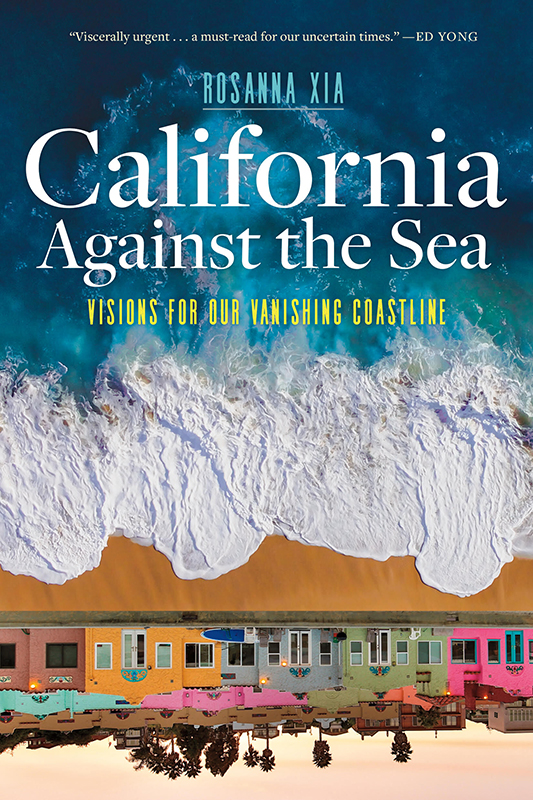
Along California’s 1,200-mile coastline, the overheated Pacific Ocean is rising and pressing in, imperiling both wildlife and the maritime towns and cities that 27 million people call home. In California Against the Sea, Los Angeles Times coastal reporter Rosanna Xia asks: As climate chaos threatens the places we love so fiercely, will we finally grasp our collective capacity for change?
As sand miners prosper in Uganda, a vital lake basin suffers – AP News
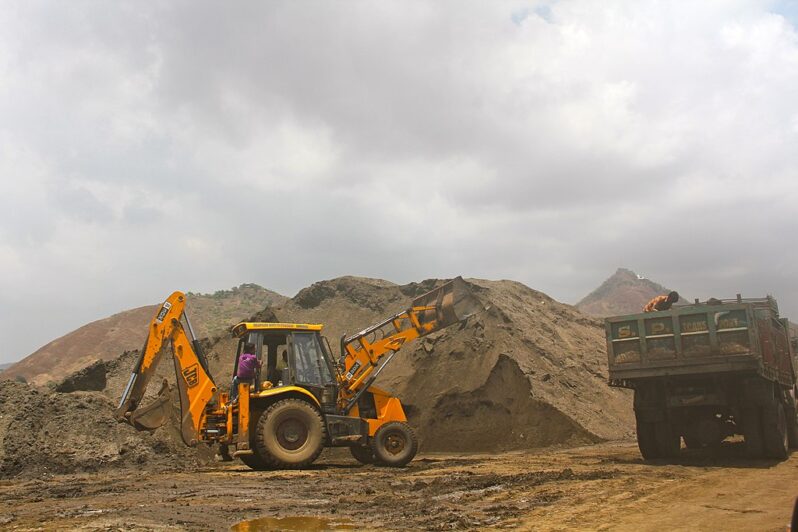
The excavator grunts in the heart of the wetland, baring its teeth. There are trucks waiting to be loaded with sand, and more almost certainly on the way.
This is how it is here daily in Lwera — a central Ugandan region on the fringes of Lake Victoria: a near-constant demand for sand that’s exerting pressure on a wetland that’s home to locals and animals and feeds into Africa’s largest freshwater lake…
A lifetime of research links Gulf of Mexico ‘dead zone’ to Midwest fertilizer runoff – Columbia Missourian

In the summer of 1985, Nancy Rabalais set sail on a research vessel into the Gulf of Mexico — and into the scientific unknown.Back then, scientists knew little about wide expanses of low-oxygen water, called hypoxia…That summer, Rabalais’ team was set on discovering how these areas connected to creatures that dwell on the bottom of the Gulf. While analyzing water and sediment samples miles off the coast, the team from the Louisiana Universities Marine Consortium and Louisiana State University quickly discovered that hypoxia stretched from the Mississippi River to Texas — and that it lasted for most of the summer…
Carlsbad considers joining other coastal cities in yet another sand replenishment project – the San Diego Union-Tribune
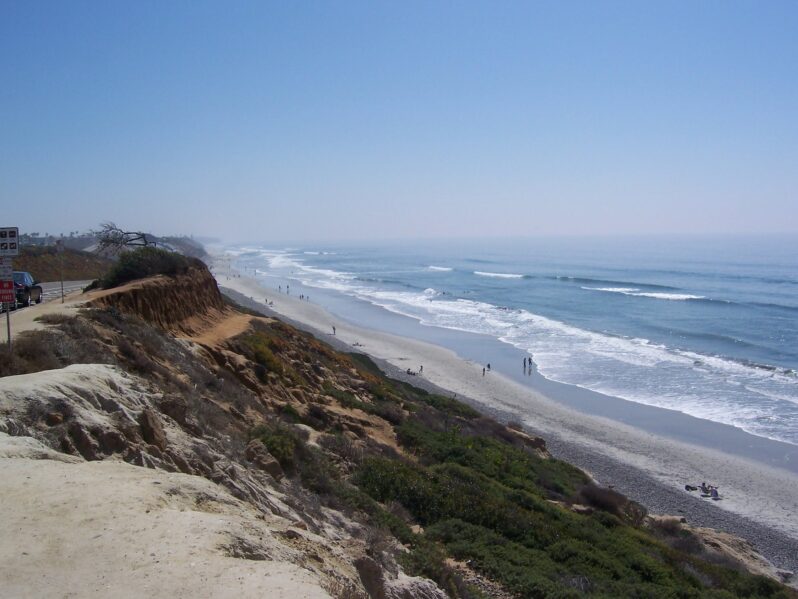
SANDAG asked Carlsbad to shoulder a proportional share of the $200,000 cost for a planning, feasibility and economic analysis needed to start the project, which would pull sand from the ocean and spread it on beaches from Oceanside to Imperial Beach….
UPDATE: The City Council unanimously opposed actively participating in the City of Oceanside’s sand nourishment pilot project during its April 11 meeting, remaining opposed to any plans that may obstruct the natural flow of sand down the San Diego County coastline.
However, the Carlsbad City Council agreed to request a city staffer be present during the neighboring city’s proposed pilot project meetings and design competitions…
Up to 70% of California beaches could disappear by end of the century – the Guardian

A new study uses satellites to predict what California’s famous coastline could look like by 2100.
California is known for golden sands and endless waves, but much of the state’s famous shoreline could vanish in the future. That’s according to a new study, which found that between 25% and 70% of California beaches might be washed away by the end of the century, leaving only cliffs or coastal infrastructure in their wake…
Recycled plastic can be more toxic and is no fix for pollution, Greenpeace warns – the Guardian
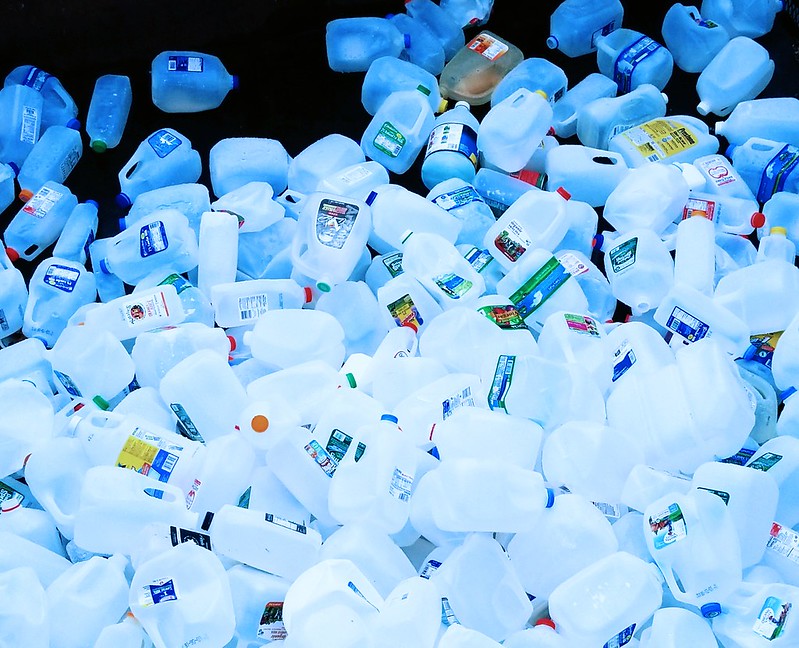
“Plastics are inherently incompatible with a circular economy,” the global environmental network said in a report that brings together research showing recycled plastics are more toxic than their virgin constituents.
The report, timed to coincide with the beginning of fresh talks for a potential global plastics treaty, comes as separate research has found breaking down plastics for recycling scatters microplastic pollution into the environment…
‘It’s like a death pit’: how Ghana became fast fashion’s dumping ground – the Guardian

It’s mid-morning on a sunny day and Yvette Yaa Konadu Tetteh’s arms and legs barely make a splash as she powers along the blue-green waters of the River Volta in Ghana. This is the last leg of a journey that has seen Tetteh cover 450km (280 miles) in 40 days to become the first person known to swim the length of the waterway.
It’s an epic mission but with a purpose: to find out whatis in the water and raise awareness of pollution in Ghana…
As Ocean Oxygen Levels Dip, Fish Face an Uncertain Future – Yale Environment 360
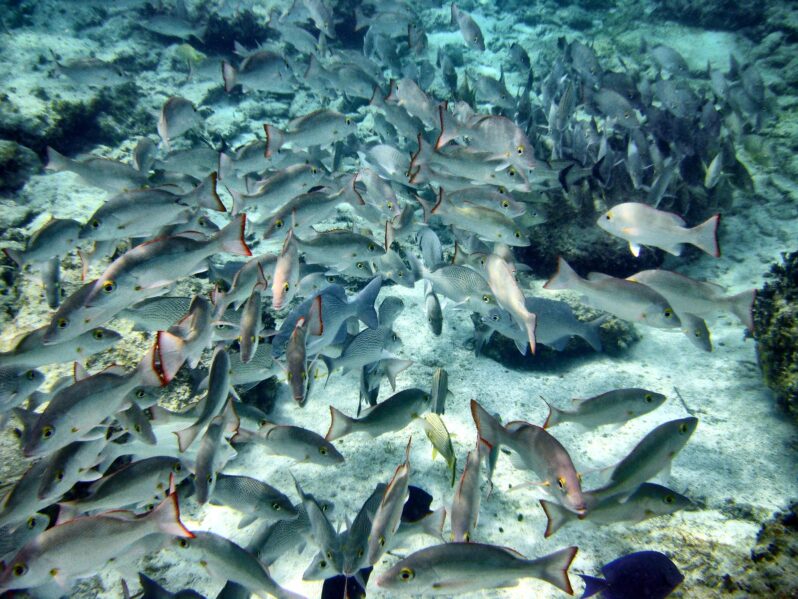
Global warming not only increases ocean temperatures, it triggers a cascade of effects that are stripping the seas of oxygen. Fish are already moving to new waters in search of oxygen, and scientists are warning of the long-term threat to fish species and marine ecosystems.
ff the coast of southeastern China, one particular fish species is booming: the oddly named Bombay duck, a long, slim fish with a distinctive, gaping jaw and a texture like jelly. When research ships trawl the seafloor off that coast, they now catch upwards of 440 pounds of the gelatinous fish per hour — a more than tenfold increase over a decade ago. “It’s monstrous,” says University of British Columbia fisheries researcher Daniel Pauly of the explosion in numbers…
In Vietnam, the mighty Mekong’s banks are crumbling as illegal sand miners run riot – South China Morning Post
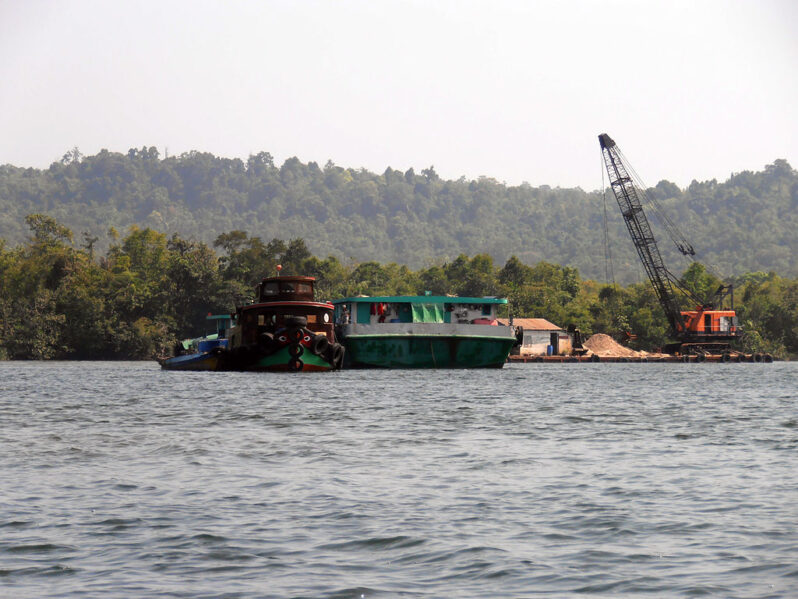
When the retaining wall of Vietnamese fish farmer Ho Thi Bich Tuyen’s catfish pond collapsed into the Hau River several years ago, she knew who was to blame: illegal sand miners.
“They took the sand, and the riverbed just kept going lower and lower,” she said. “There were so many of them. The sand miners came close to the riverbank. So I told the local ward officials to shoo them away, but at night they came back again…”
